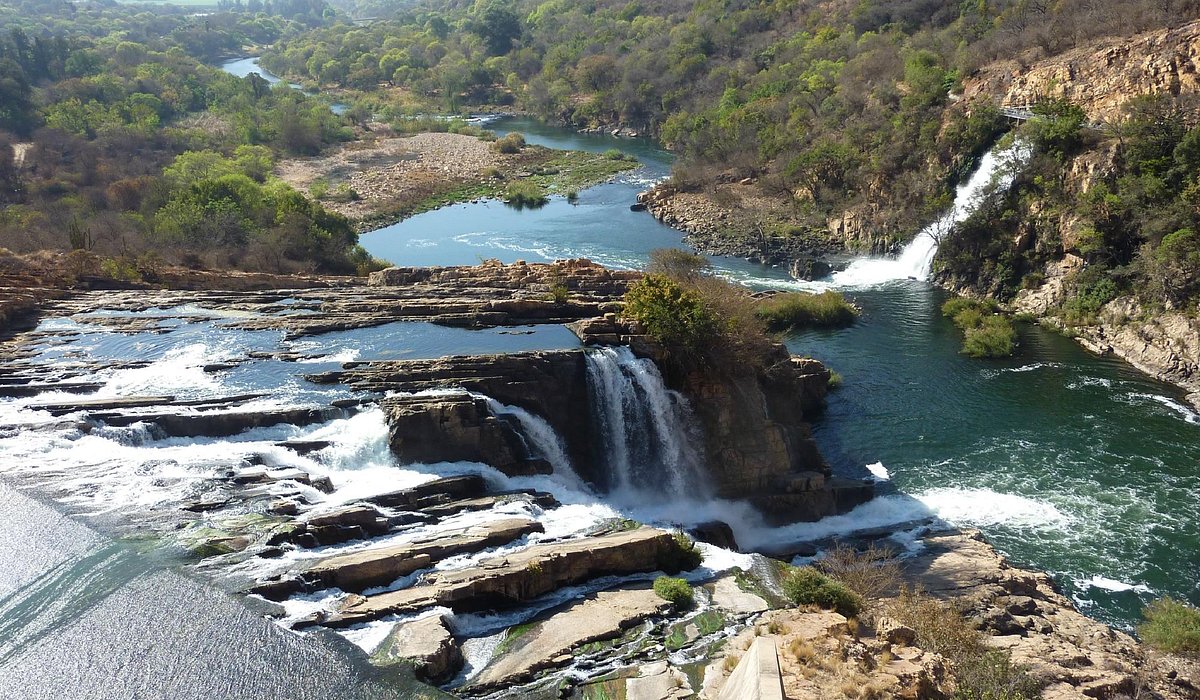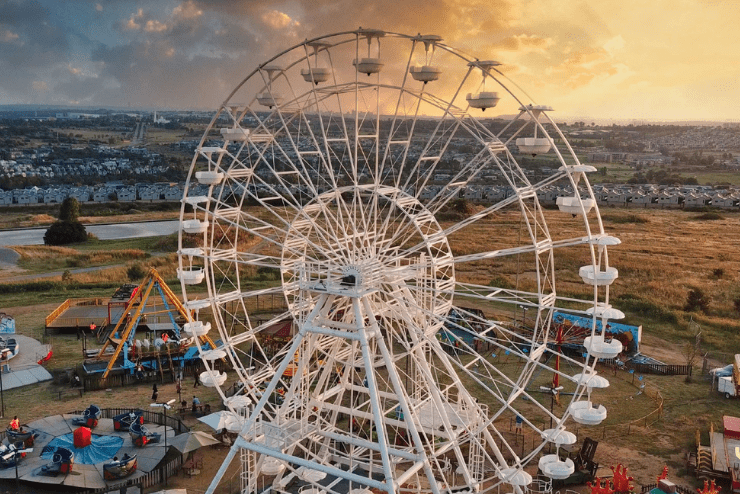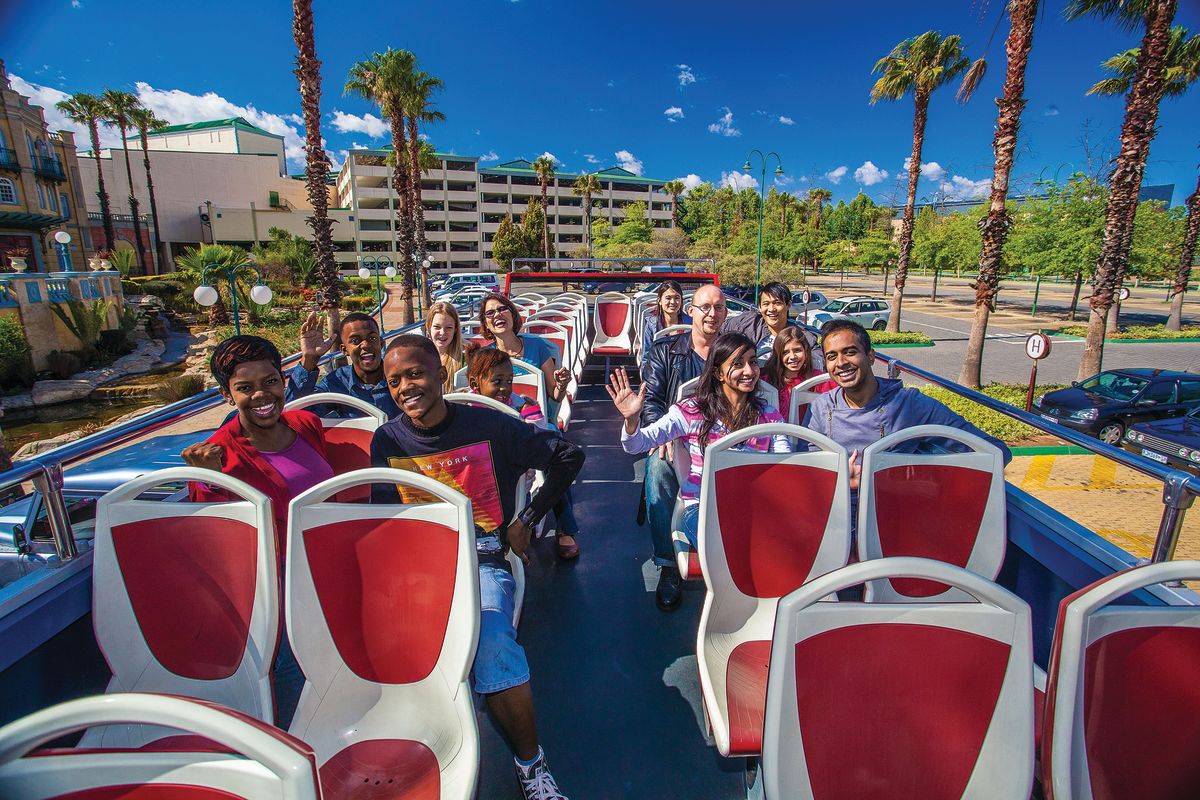Johannesburg North Attractions - Truths
Johannesburg North Attractions - Truths
Blog Article
All about Johannesburg North Attractions
Table of ContentsAn Unbiased View of Johannesburg North AttractionsIndicators on Johannesburg North Attractions You Should Know9 Simple Techniques For Johannesburg North AttractionsThings about Johannesburg North AttractionsThe Greatest Guide To Johannesburg North AttractionsThe Buzz on Johannesburg North AttractionsAn Unbiased View of Johannesburg North Attractions
Nonetheless you ought to keep safety in mind and travelers should stay sharp in any way times when in strange environments. Speak with the residents when you remain in town to learn about the location you are staying in. Johannesburg North attractions. When on the road (this does not apply to buying malls and various other safe and secure settings) ideal general guidance is to attempt your ideal to look like a regional and to stay clear of displaying any kind of form of riches
9 Easy Facts About Johannesburg North Attractions Shown
Professor Revil Mason O. J. (Thomson, 1946) explored the Witwatersrand's pre-colonial background. His archaeological job exploded the 'em pty land' misconception, according to which the region was empty of human habitation prior to the arrival of European inhabitants. In his publications Prehistory of the Transvaal: A Document of Human Activity (1962) and Beginnings of Black People of Johannesburg and the Southern Western Central Transvaal AD 3501880 (1986 ), Teacher Mason demonstrated the degree of social and economic advancement in the location prior to Europeans established foot here.

Johannesburg North Attractions Can Be Fun For Anyone
He acted with the government's approval, provided after he had promised to maintain his explorations key. In 1874, small-scale mining operations were begun in the Magaliesberg, where an Australian, Henry Lewis, had actually uncovered gold down payments. In 1878, David Wardrop located gold in quartz veins at Zwartkop, north of Krugersdorp. In 1881, Stephanus Minnaar found gold on the farm Kromdraai, near the Cradle of Mankind.
In March 1886, a protrusion (soon to be called the Main Reef) was found, fairly luckily, on Gerhardus Oosthuizen's farm Langlaagte. Some claim that the Lancastrian coal miner George Walker uncovered this reef. One more travelling English prospector, George Harrison (that had previously worked in Australian mines) gotten a prospecting licence in respect of Langlaagte in Might 1886.
He chose to go on in a quest for greener pastures, and disposed of his Langlaagte case for the handsome amount of 10. Alas: under lay the richest goldfield ever found. The exploration of this abundant auriferous coral reef prompted a gold thrill that signalled the end of bucolic tranquillity in the southerly Transvaal.
It would, within six years, come to be the biggest town in southern Africa. Within a years, it would make the Z. A. R. till after that an anarchical and bankrupt little state the wealthiest nation in Africa. By the millenium, the Z. A. R. was to exceed Russia, Australia and the United States of America to become the globe's leading gold manufacturer, producing greater than a quarter of the globe's gold.
The 7-Minute Rule for Johannesburg North Attractions
It was recognized as Ferreira's Camp, called after Colonel Ignatius Ferreira. He was a Boer traveler upon whom the British authorities had bestowed the condition of Friend of one of the most Distinguished Order of St Michael and St George (entitling him to the post-nominal letters C. M. G.) in thankfulness for his role in the war that had deposed the Pedi king Sekhukhune in 1879.
Quickly the camp was brimming with camping tents and wagons as newbies got here daily from use this link everywhere. By September 1886, some 400 people resided in Ferreira's Camp, which quickly boasted prefabricated iron and lumber buildings. Two various other camps were established: Meyer's Camp on the ranch Doornfontein, and Paarl Camp. The latter was nicknamed Afrikander Camp; many individuals from the Cape Colony settled there.

Johannesburg North Attractions Can Be Fun For Everyone
This name got currency by word of mouth, such that the State Secretary affirmed the name to the Mining Commissioner on 9 October 1886. Stands in the town were auctioned on 8 December 1886. While some stands were cost 10, others were torn down for as little as sixpence.
2 years later, these erven were to change hands for as high as 750 each. The tented camps dwindled as a dorp of corrugated iron buildings developed and expanded north of the mines located along the Key Coral Reef Road. Locations such as Jeppe's Community (where working-class immigrants erected their houses) and Doornfontein (where the upscale new 'Randlords' started to build their opulent residences) were quickly contributed to the ever-expanding map of the community.
Not known Incorrect Statements About Johannesburg North Attractions
Apart from the road names, there were no indications of Johannesburg being located in a Dutch-speaking nation., almost everybody spoke English and even the Government servants addressed one in English, unless they were first dealt with in the Taal (or Reduced Dutch)'.
Britain had a rate of interest in guaranteeing optimal problems for gold production on the Witwatersrand, and that the gold was exported to London instead than Berlin a necessary made all the much more clamant by the Z. A. R.'s increasing toenadering with Germany. Mine proprietors were on a clash with Head of state Kruger, whose policy of monopolistic giving ins (commonly granted to his cronies) prevented mining firms from obtaining supplies of products (especially dynamite) and work by themselves, cheaper terms
The Ultimate Guide To Johannesburg North Attractions
In 1890, the Volksraad had limited the franchise to white men who had lived in the Z. A. R. for fourteen years or longer, therefore invalidating many of the helpful hints immigrants (that happened to be the major factors to the fiscus). Agitation for the ballot was a mere pretense for promoting a various schedule; most uitlanders regarded themselves as short-term site visitors and had no intent of continuing to be in the Z.
Report this page